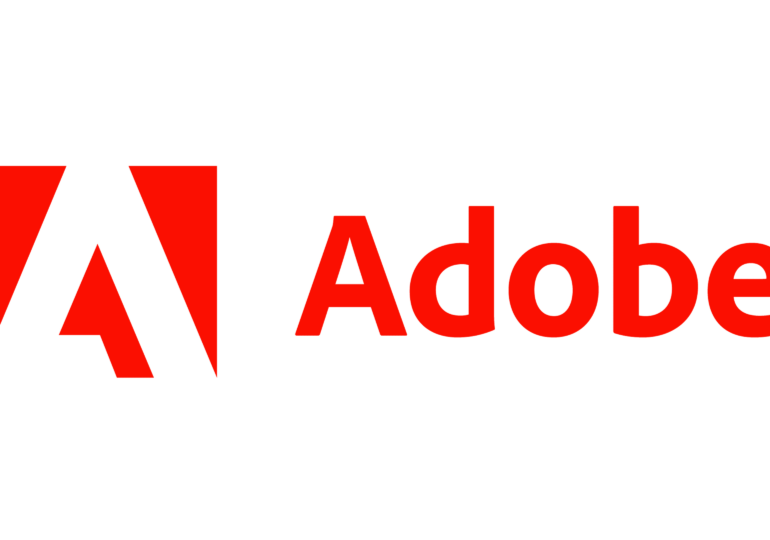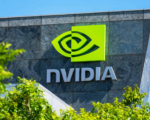Intel CEO Pat Gelsinger Steps Down Amid Board’s Lack of Confidence in Turnaround Plan

Intel CEO Pat Gelsinger has resigned after nearly four years in office, following a board decision to replace him due to dissatisfaction with his ambitious turnaround strategy. The decision comes at a pivotal time for the chipmaker as it struggles to regain its competitive edge in the semiconductor market.
Key Details
- Departure Circumstances: Gelsinger was asked to step down after a recent board meeting where his progress was deemed insufficient. The board offered him the option to retire or be removed, and he chose to resign.
- Interim Leadership: Intel has appointed CFO David Zinsner and senior executive Michelle Johnston Holthaus as interim co-CEOs while a search for a permanent successor is underway.
- Challenges During Tenure: Gelsinger inherited significant operational issues and faced market setbacks, including a failed AI-chip strategy and declining stock performance. Intel shares have fallen by over 60% under his leadership, losing its position in the Dow Jones Industrial Average to rival Nvidia.
- Spending Spree and Fallout: Gelsinger’s ambitious $20 billion investment in new factories coincided with a downturn in the PC and laptop markets. The spending spree led to margin pressure, layoffs, and consideration of asset sales.
Strategic Missteps
- Lagging AI Initiatives: Gelsinger’s Intel failed to deliver a viable AI chip competitor to Nvidia, a leader in the booming artificial intelligence sector.
- Foundry Business Struggles: While the company pursued a shift to contract manufacturing, it secured only a few clients like Microsoft and Amazon, falling short of generating the volumes needed for profitability.
- Board Tensions: Disagreements over Gelsinger’s strategy caused friction among board members, leading to the departure of Lip-Bu Tan, a key director with a track record of turning around chip firms.
Market and Industry Impact
- Stock Performance: Intel’s shares fell by 0.5% following the announcement, while rivals AMD and Nvidia saw gains amid broader semiconductor index growth.
- Competitor Dominance: Nvidia continues to dominate the AI-chip market, while AMD advances in innovative chip solutions, leaving Intel trailing in a competitive industry.
Next Steps
The board, chaired by Frank Yeary, has emphasized its commitment to restoring investor confidence and ensuring Intel’s manufacturing competitiveness. However, Gelsinger’s departure leaves questions about the future of Intel’s strategic direction and its ability to compete in a rapidly evolving semiconductor landscape.



















